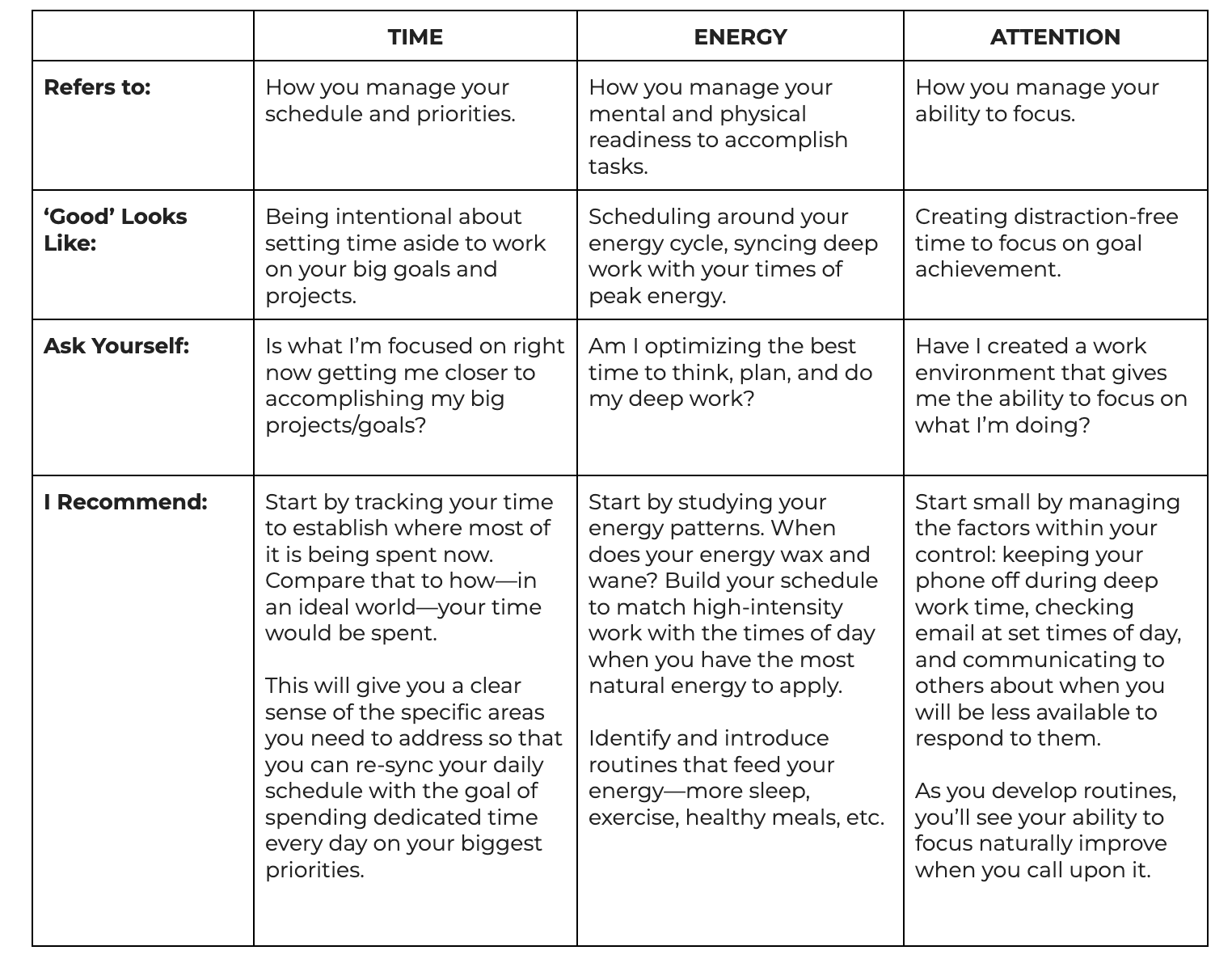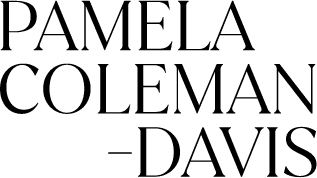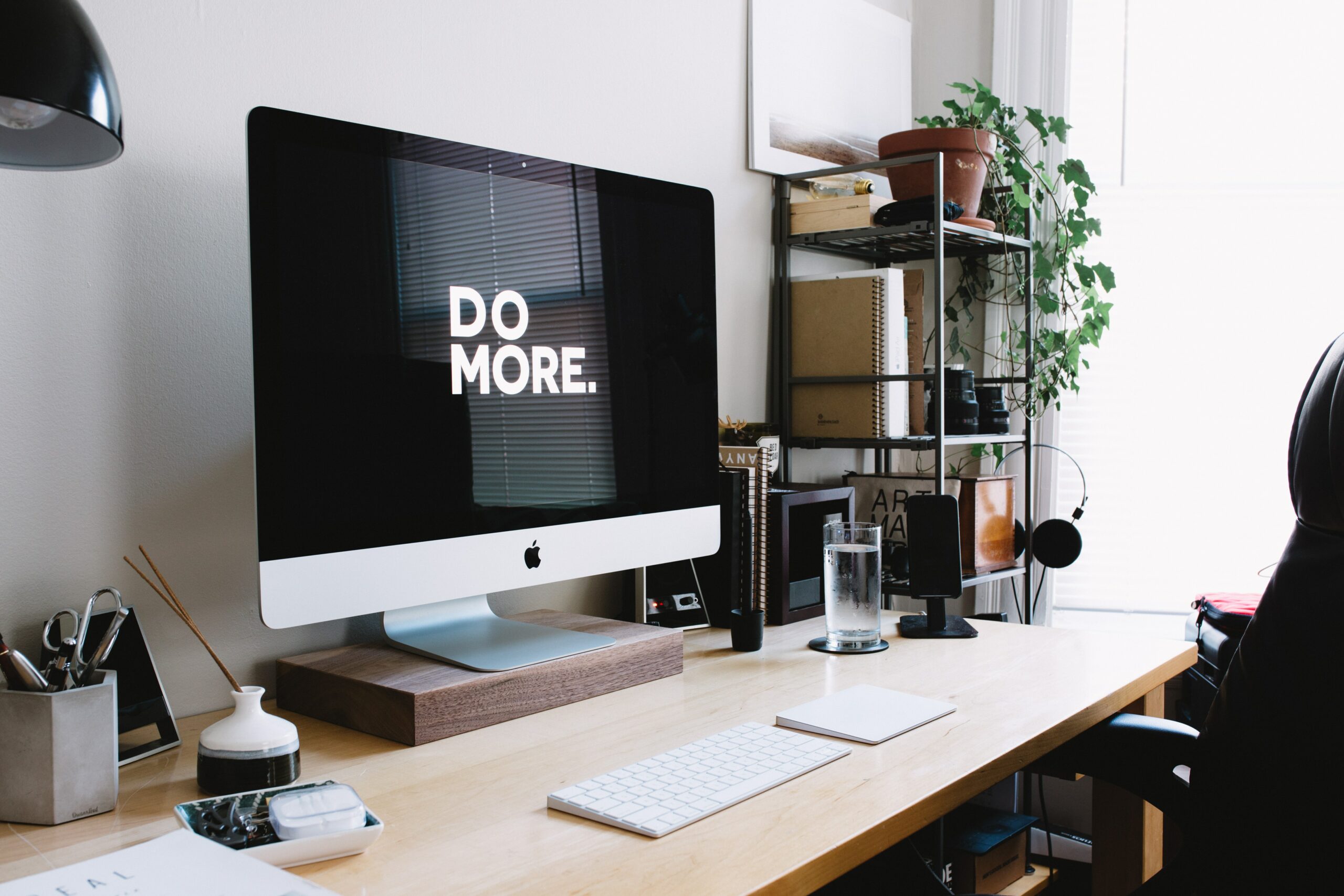Productivity. It’s the topic of endless articles, podcasts, webcasts, and even more self-help books. Everyone is chasing it. Yet very few people—including high-level executives—have truly mastered it. So, what makes productivity so elusive?
Primarily the fact that, despite our best efforts, none of us can completely control our environment. Distractions will keep popping up, the world will throw us curveballs, and unanticipated work will land in our laps. The key to productivity is to expect these challenges and have a sustainable approach to managing them.
That approach is what I call a productivity practice, a series of rituals that work for you to maintain your focus on goal achievement.
When I coach leaders who struggle with productivity, I use the T.E.A. framework (by Thanh Pham) to help them design an effective productivity practice. In this post, I’ll break down the T.E.A. framework and how to implement it. But, first, let’s define our terms:
What does it even mean to ‘be productive’?
Put simply, being productive means you’re consistently moving the needle on your most important goals and objectives without making unreasonable or unhealthy tradeoffs to do so.
Being productive is NOT the same as being excellent at multitasking. Productivity is the disciplined pursuit of more high-quality, high-impact output. On the other hand, multitasking favors quantity over quality—often regardless of the tradeoffs involved.
The T.E.A. Framework
The T.E.A. framework is a simple way to focus your efforts on the critical factors that determine your productivity. As you plan your days and projects to be productive, your tools and techniques may differ from mine or your colleagues’. But, you will be successful if you can manage these three variables: Your—> Time (T), Energy (E), and Attention (A).
Learn to optimize these variables separately, and you’ll be prepared to combine all three to reach your productivity goals. Remember:
PRODUCTIVITY = TIME, ENERGY, and ATTENTION
Here’s what I mean by Time, Energy, and Attention, and how each should fit into your productivity practice.

If you don’t prioritize your time, others will prioritize it for you. Know that by properly managing your time, energy, and attention, you’re actually going to accomplish more, deliver better quality, and be more present for others than if you say ‘yes’ to every task and push yourself to work against your natural energy.
Remember, filling up your days with activity does not mean you’re moving the needle. However, applying intensity (energy and attention) to the right tasks at the right time, does.
If you’ve found yourself struggling with productivity, if you’ve tried countless life hacks to no avail, you’re not alone. An unbiased outside perspective will help you figure out your priorities and develop strategies to overcome your persistent productivity barriers in a short amount of time.
I’m in your corner. Schedule a free coaching session with me, and we can work on a customized development plan to help you reach your highest potential.
Additional Resources:
TEA: The 3 Pillars of Productivity You Need to Unlock Your Full Potential by Thanh Pham (Article)
This resource goes into more detail on each pillar of productivity. It will help you identify which areas you need to focus on most, and it includes additional resources on specific strategies to try.
Deep Work by Cal Newport (Book)
This resource goes into more detail on how to train yourself to do higher-quality work in less time. Newport dives into how to eliminate common distractions and make deep work an integral part of your life.



0 Comments